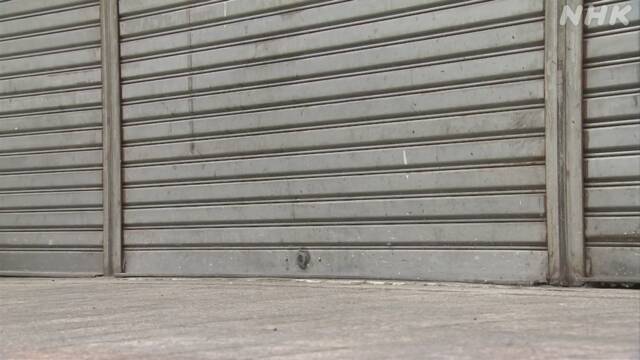Two weeks have passed since the second state of emergency was declared, which requested shortening of business hours to restaurants.
According to the operator of the information site for restaurants, the number of vacant stores is less than at the peak of last year, but it is still higher than before the spread of the infection.
Synchro Food Co., Ltd., a company that operates an information site for restaurants, summarized the number of new registrations of vacant stores in the five areas of Tokyo's Shibuya, Shinjuku, Ikebukuro, Ginza, and Shinbashi, and since April last year By December, the number of cases was 1,600, which was about double the number of 793 cases during the same period.
Looking at the monthly trends, the number of cases has been declining since peaking in June last year, which exceeded 250 cases, and it has been around 150 cases in November and December, and it is highly likely that this month will be the same level. is.
Although the number of vacant stores is lower than at the peak after the state of emergency last year, it is still higher than before the spread of the infection.
Akira Hosokawa, manager of Synchro Food Co., Ltd., said, "Support from the government is uniform regardless of the size of the store, and the ratio of store closures is increasing in stores with large areas and stores with high rent that depended on banquet demand in the office district. Compared to the Lehman shock and the Great East Japan Earthquake, it has had a big impact, and it is difficult for businesses to take action because it is unclear whether the emergency declaration will end on the 7th of next month, "he said, paying attention to future trends. Is needed.
On the other hand, the stores that are still open are excellent in location and ability to attract customers, and are strengthening measures such as takeout and delivery. "If the declaration is lifted and people return to the town, the performance of the food and beverage industry will gradually improve. Will recover to. "

